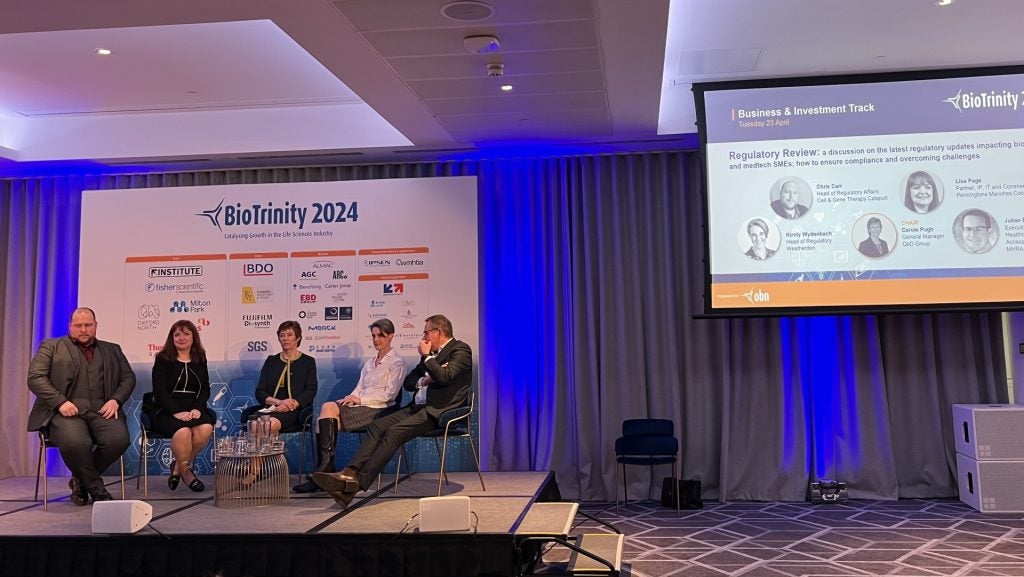
The assisted reproductive technology (ART) devices market, which consists of single-use devices for in vitro fertilisation (IVF) and intrauterine insemination procedures, has historically experienced merger and acquisition (M&A) activities.
These were mostly led by CooperSurgical, which acquired several companies or divisions of companies in 2016, including Research Instruments, The Pipette Company, and the Wallace product lines of Smiths Medical International. In 2018, CooperSurgical also acquired The LifeGlobal Group, which solidified CooperSurgical as one of the leaders in this market.
CooperSurgical’s main competitor within this market has long been Cook Medical, another US-based medical devices company. In February 2022, CooperSurgical announced that it would acquire Cook Medical’s reproductive health business division for $875 million, strongly indicating that a successful transaction would set the former to dominate this market globally for the foreseeable future.
FTC investigation launched
The US Federal Trade Commission (FTC) became concerned about a single company holding so much market share and launched an investigation, alongside regulators in Australia and the UK. In August 2023, as the investigation stalled the acquisition, CooperSurgical dropped its plans to acquire its main competitor’s key business division. This market now expects long-term competition, mostly between these two companies and especially as it relates to the innovation and competitive pricing of their ART devices.
According to GlobalData’s latest market model, the ART devices market is set to expand at a compound annual growth rate of 5.5%, resulting in a global market value exceeding $482 million by 2033. Some of the key drivers of global market growth in IVF device sales are the increasing number of fertility clinics, an increase in the average age of couples choosing to have children and an increasing number of women opting to undergo IVF because it improves pregnancy success rates.
See Also:
Emerging technologies will also play a role in drawing more patients. These will include time-lapse embryo culture and the use of artificial intelligence to quantitatively assess patient profiles and embryo development, improving pregnancy success rates by using the healthiest embryos.
How well do you really know your competitors?
Access the most comprehensive Company Profiles on the market, powered by GlobalData. Save hours of research. Gain competitive edge.

Thank you!
Your download email will arrive shortly
Not ready to buy yet? Download a free sample
We are confident about the unique quality of our Company Profiles. However, we want you to make the most beneficial decision for your business, so we offer a free sample that you can download by submitting the below form
By GlobalData






Related Company Profiles
Cook Medical Inc
CooperSurgical Inc
Research Instruments Pte Ltd
Smiths Medical International Ltd
FTC Ltd.